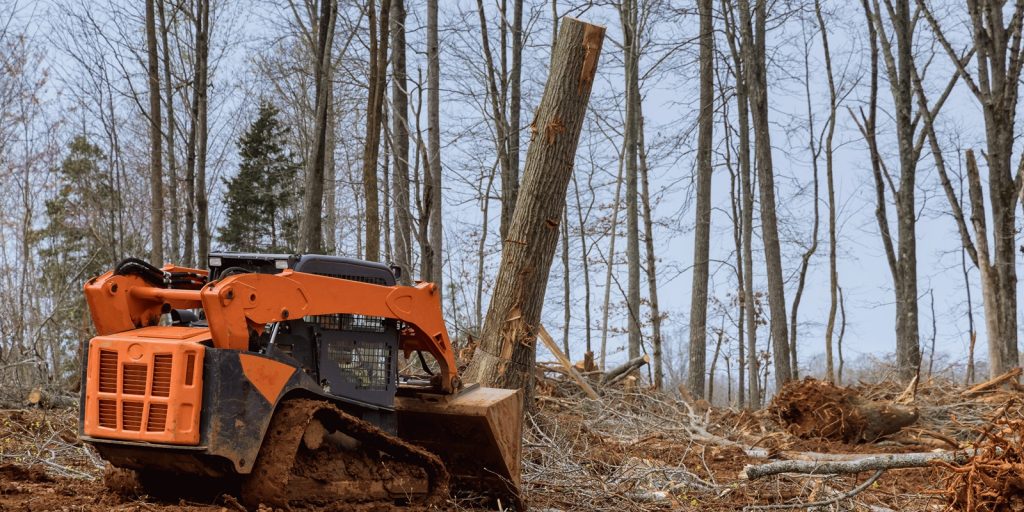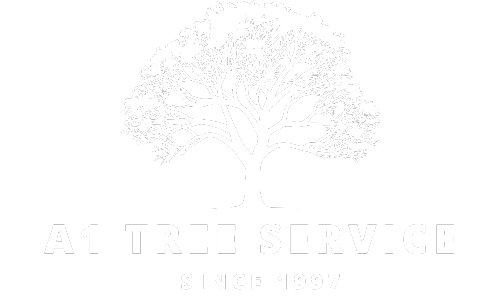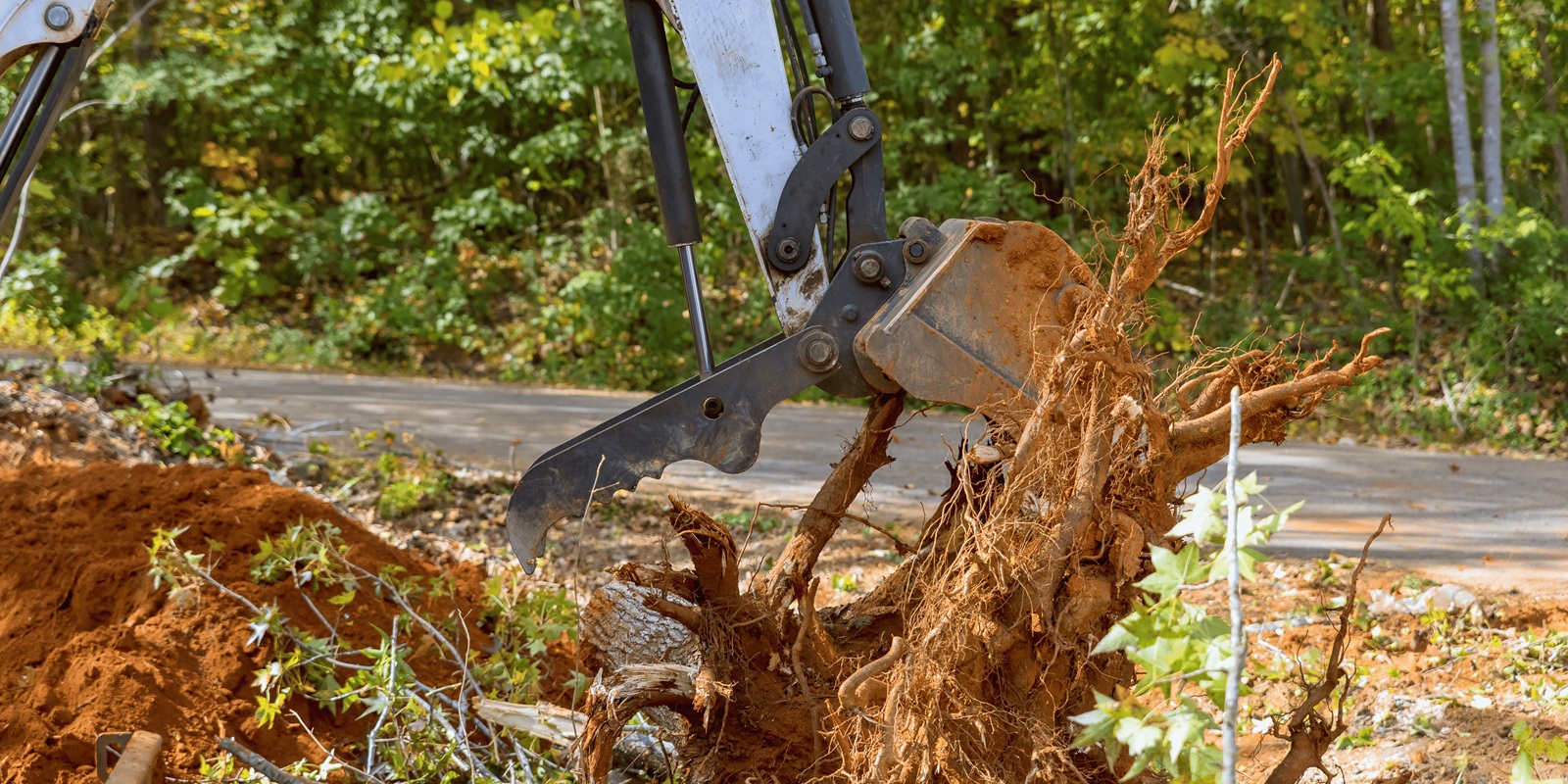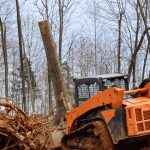Invasion of tree roots into your sewer line is a common issue facing many households in America and more so in old neighborhoods with mature trees and aging sewer systems. If you have observed slow drains, gurgling toilets, or frequent backups, it may be tree roots.
Here, we are going to show you how to remove tree roots in your sewer pipe, the reasons why this happens, symptoms to observe, the best methods to remove them, and how to avoid their recurrence.
Why Tree Roots Invade Sewer Lines
Sewer lines are the ideal place to find moisture and nutrients which roots of trees look for. Leaks or loose joints in pipes cause emission of moisture into the surrounding soil which attracts roots. Roots may then get inside and clog the line producing severe plumbing problems.
Warning Signs of Tree Roots in Your Sewer Line
You may have a root problem when you experience:
- Slow draining toilets and sinks
- Frequent clogs or backups
- Gurgling sounds in drains
- Bad smells around toilets or the garden
- Green patches of grass over the sewer line
When you have any of these, then it is time to do some research.
Step-by-Step Guide: How to Remove Tree Roots from Your Sewer Line
Confirm the Problem
You should not act before you are certain that it is the roots of trees that are causing the problem.
Have a professional plumber use a sewer camera to investigate the line. The device is a small, waterproof camera that enters the sewer pipe and provides a clear view of the inside.
The inspection will be used to verify the existence of roots, their location, and the level of damage.
Root Removal
A mechanical auger or rooter machine is one of the most widespread methods of clearing roots.
- A rotating blade is forced on the pipe
- The blade is used to slice through the roots clearing the obstruction
- This technique is quick and efficient with slight to moderate invasions on the root
Pros:
- Affordable
- Quick fix
Cons:
- Temporary solution
- Does not kill the roots, so they come back

Hydro Jetting
Hydro jetting involves a high pressure of water which is used to scour roots and any other debris inside the pipe.
- This is more comprehensive as opposed to mechanical cutting
- It can get rid of even solid roots off the pipe without destroying the pipe
Pros:
- Highly effective
- Removes all the gunk in the pipe
Cons:
- More expensive than snaking
- Unsuitable for delicate or old pipes
Chemical Root Killers
Once the roots have been removed by mechanical means or by hydro jetting, they can be managed by using a chemical root killer to prevent regrowth.
Two Popular Types Are:
- Copper sulfate crystals: Turn the toilet on and off to kill the roots
- Foaming Root Killers: More efficient since the foam is poured into the pipe and it covers all the surfaces
Important Tips:
- Always follow instruction on labels
- Only use EPA approved products
- Use sparingly or it may be detrimental to trees or other plants around
Pros:
- Prevents regrowth
- Easy DIY option
Cons:
- Takes time to work
- May not be effective in severe blockages
- Pipe Replacement/ Repair (in case of severe damage)
If the roots have caused grave damage such as broken pipes or frequent blockages, then they may need to be replaced.
- Traditional Trenching: Entails excavation and replacement of the broken part
- Trenchless Repair Options:
Pipe lining: This is an insertion and hardening of a resin-lined liner into the old pipe.
Pipe bursting: A new pipe is pulled down through the old one (that disintegrates), and a replacement is made in the same process.
Pros:
- Long-term solution
- Trenchless techniques cause minimal destruction to the yards
Cons:
- More expensive
- Professionally required installation
- Stops the recurrence of tree root
Preventing Tree Roots from Returning
Regular Maintenance
- Arrange an inspection with a plumber every year or once every two years
- Use foaming root killers preventatively once or twice per year
Use Root Barriers
- Install root barriers in the sewer lines between trees if planting new trees
- These physical obstructions bend roots away and downwards
Choose Tree Types Wisely
Plant systems with aggressive root systems should not be planted near sewer lines. Problematic Trees Are:
- Willow
- Silver maple
- Poplar
- Elm
Instead use low-risk trees such as:
- Dogwood
- Japanese maple
- Eastern redbud
If you have clay or cast-iron pipes in your house (usually in houses constructed before 1970s), then you should consider replacing them with PVC that is more resistant to root intrusion.
DIY vs. Hire a Pro: Which one is better?
| Task | DIY Friendly | Hire a Pro |
| Chemical root killing | Yes | Optional |
| Mechanical root removal | Not recommended for beginners | Yes |
| Hydro jetting | No | Yes |
| Camera inspection | No | Yes |
| Pipe repair or replacement | No | Yes |
Pro Tip: Be sure that you do not attempt to use the plumbing tools or sewer line work unless you are sure of being able to handle the task. Errors in this category may result in costly repairs, destruction of the yard, or even health risks.



